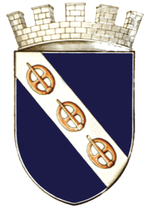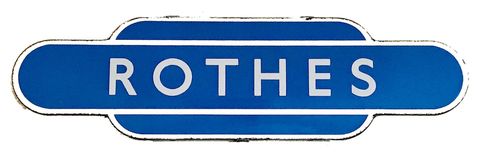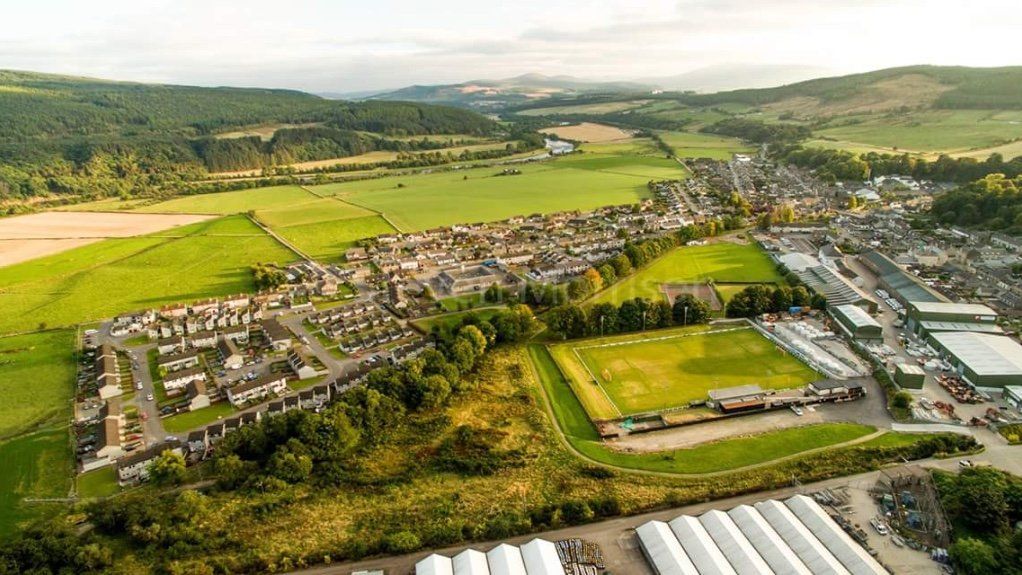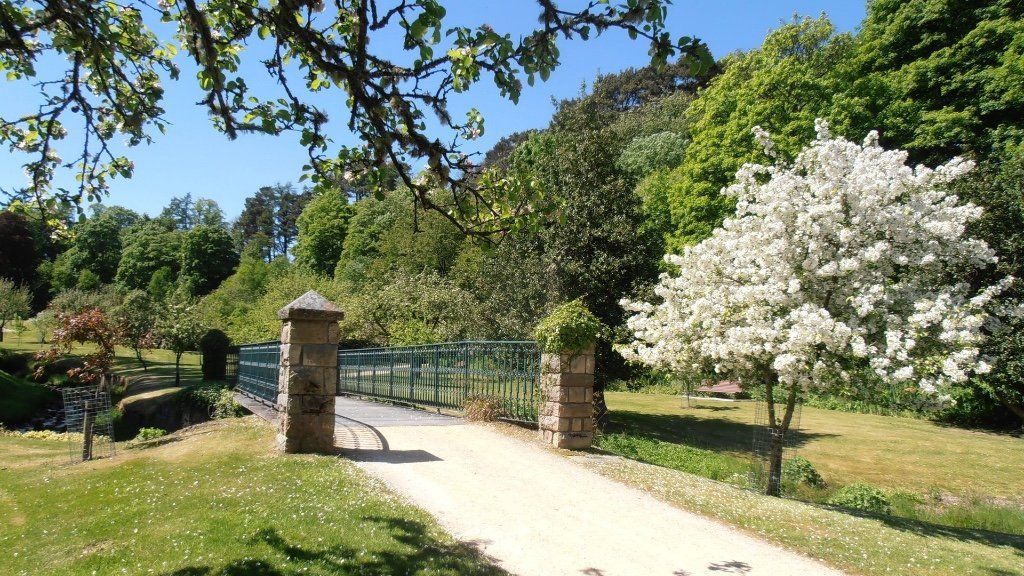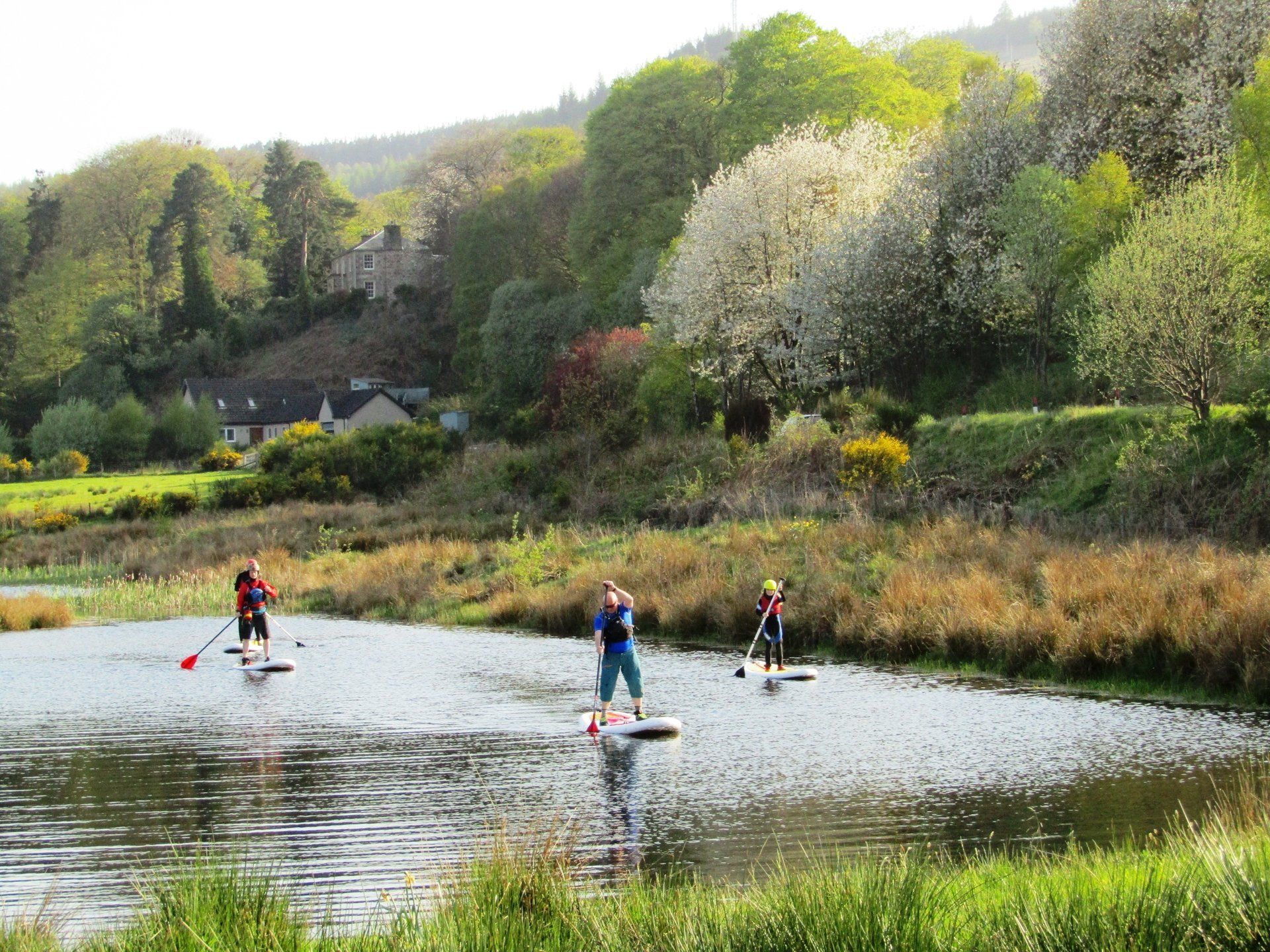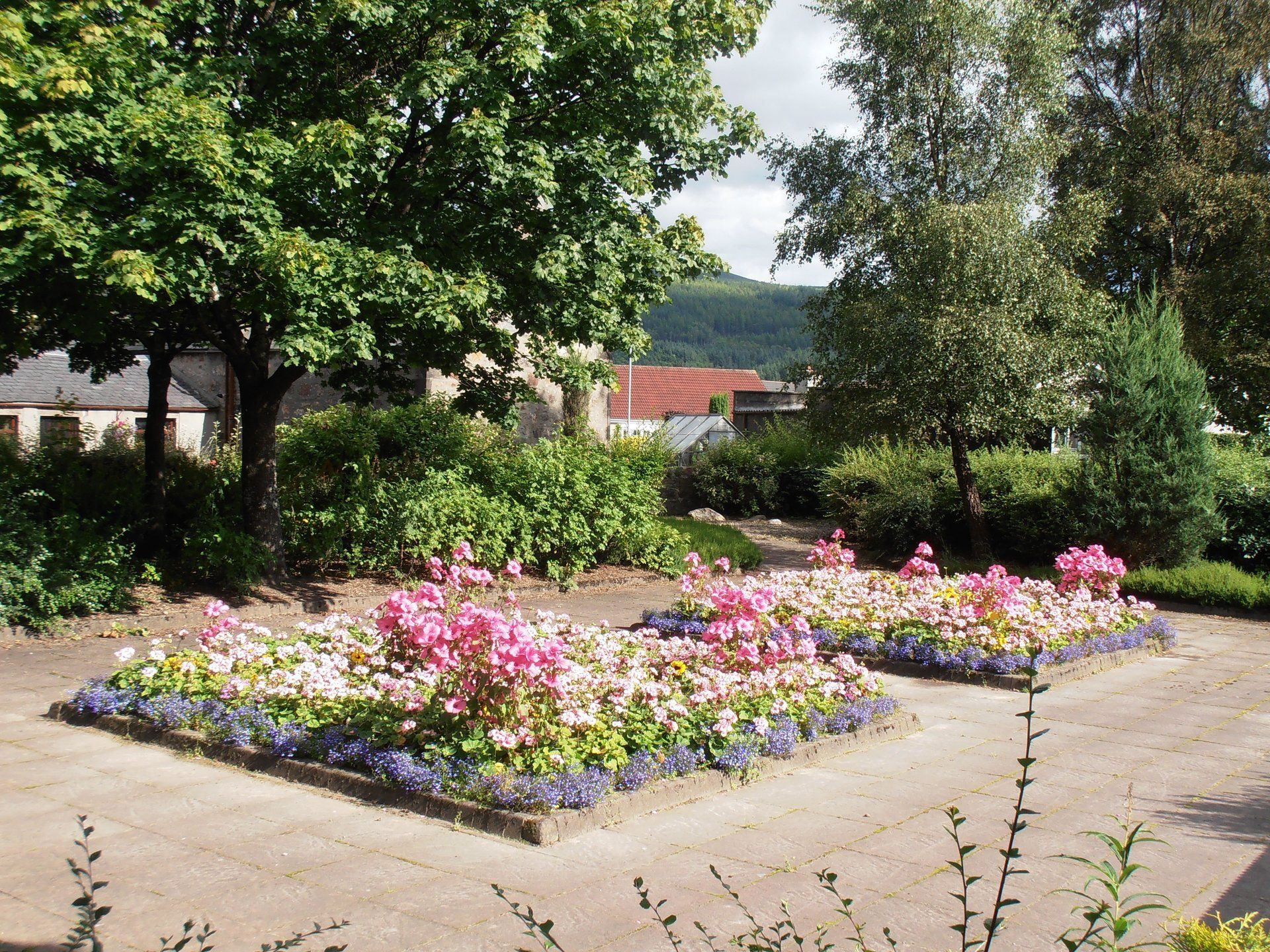Welcome
The Rothes Visitor Centre is located in the heart of Speyside, close to the River Spey and overlooked by Ben Aigen: We are lucky to to have such an abundance of wonderful things to see and do right here on our doorstep.
We have a team of volunteers at The Visitor Centre (affectionately referred to as 'The Cottage' by Rothesians) who are always willing to pass on their knowledge and help in any way they can. It is always our pleasure to welcome visitors whether they be new or old, from around the corner or around the world. What our volunteers don't know about Rothes and the surrounding area just isn't worth knowing!
What are you waiting for? Come and visit us next time you are passing...
A brief history
Built in the shape of the Cross of St Andrew, modern Rothes came into being in 1776 at the behest of James, sixth Earl of Findlater and third Earl of Seafield. There had been a settlement at the foot of the castle before that time since c.600AD and the plain on which the town lies is reputed to be the site of an ancient lake.
The name 'Rothes' is so old that historians disagree on its origin: Two possible theories are that the name derives from Rauis - Irish for the 'red water' that runs from the burns and along the banks of the River Spey, or from Rathuish - Gaelic for the 'bending of the river'. The town was a crofting township of many years until industry was introduced in the mid-nineteenth century through the building of the local distilleries, of which there are four remaining to this day.
Rothes unfortunately suffered greatly in the great flood of 1829: The River rose by 15ft (over 4.5m), washing three main bridges away; 80 acres of farmland were flooded; and 107 families were left destitute.
However, the most important part of any town is its people and their spirit. There have been a number of centenarians hailing from Rothes, and the spirit of The Rothesians is perhaps epitomised in the following words:
"I get up in the morning, pick up the local paper and read the obituaries. If my name is not there then I have a wee dram and enjoy the rest of my day."
Danny Cameron (Retired Coppersmith)
